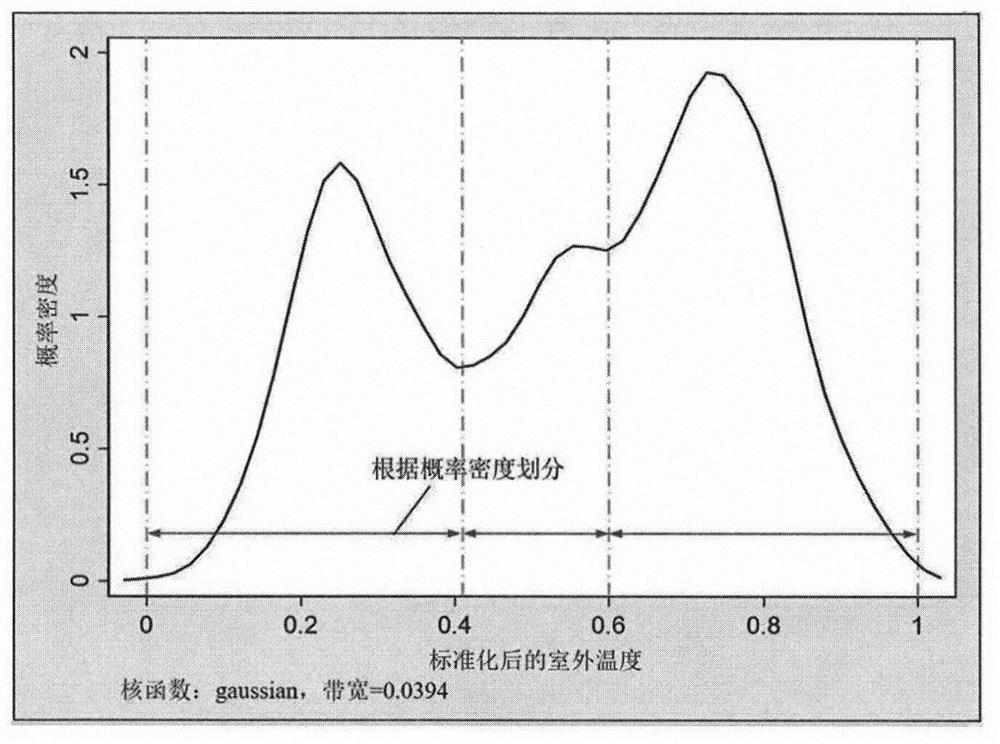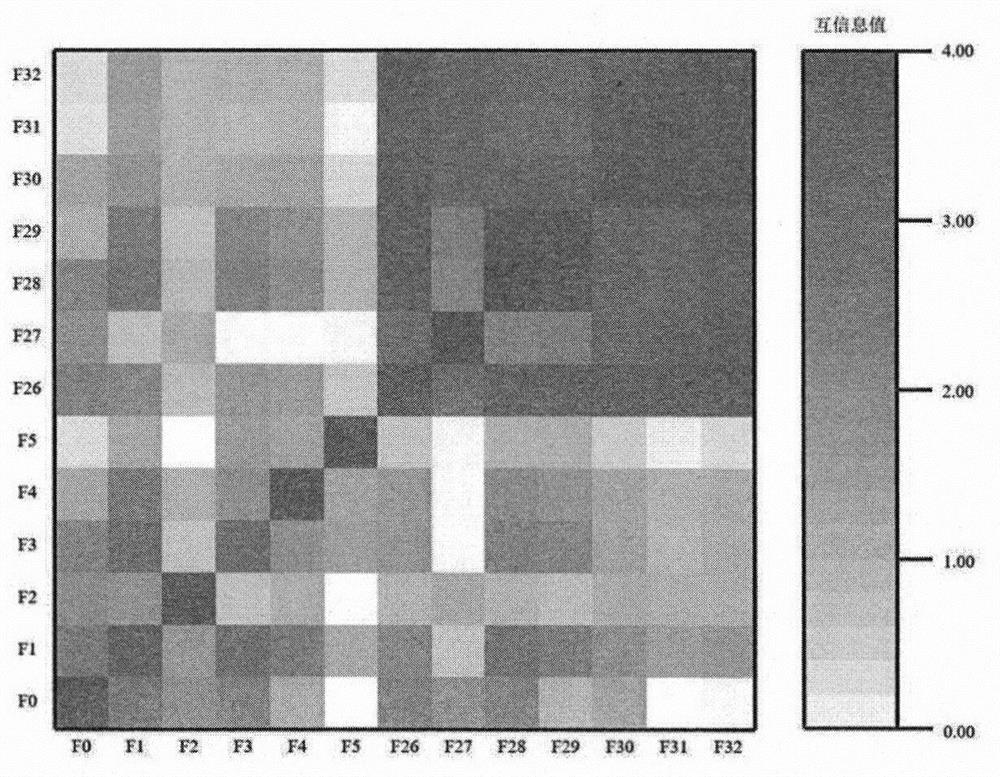Data completeness test and feature learning method for building load prediction
A technology of load forecasting and feature learning, applied in forecasting, data processing applications, instruments, etc., can solve problems such as limited use, achieve the effects of enhancing robustness, reducing computational complexity, and improving forecasting accuracy
- Summary
- Abstract
- Description
- Claims
- Application Information
AI Technical Summary
Problems solved by technology
Method used
Image
Examples
Embodiment Construction
[0051] In order to make the object, technical solution and advantages of the present invention clearer, the present invention will be further described in detail below in conjunction with specific embodiments and with reference to the accompanying drawings.
[0052] Take certain case building A, B as embodiment. Building A is the source domain with complete data. The external disturbance data includes 4 types of 12-dimensional features, as shown in Table 1; the internal disturbance data includes 8 types of 63-dimensional features, as shown in Table 2.
[0053] Table 1 Summary of external disturbance parameters
[0054]
[0055] Table 2 Summary of internal disturbance parameters
[0056]
[0057] Building B is the target domain with incomplete data. The optimal feature set to transfer from building A, the complete feature set for best prediction accuracy, and the features contained in the new dataset in building B are shown in Table 3.
[0058] Table 3 The new data set...
PUM
 Login to View More
Login to View More Abstract
Description
Claims
Application Information
 Login to View More
Login to View More - R&D
- Intellectual Property
- Life Sciences
- Materials
- Tech Scout
- Unparalleled Data Quality
- Higher Quality Content
- 60% Fewer Hallucinations
Browse by: Latest US Patents, China's latest patents, Technical Efficacy Thesaurus, Application Domain, Technology Topic, Popular Technical Reports.
© 2025 PatSnap. All rights reserved.Legal|Privacy policy|Modern Slavery Act Transparency Statement|Sitemap|About US| Contact US: help@patsnap.com



